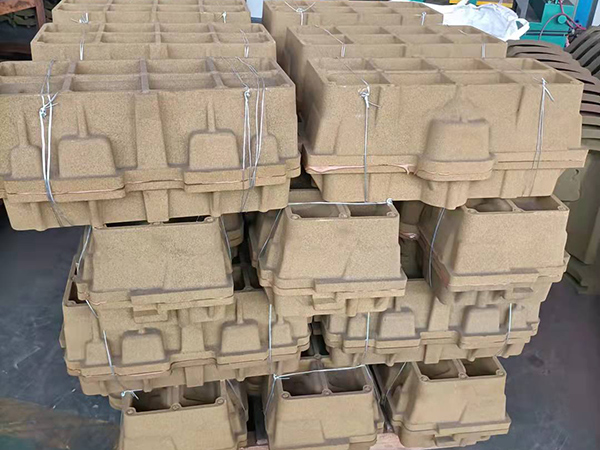3D Printing and the Importance of Sanding Achieving Perfect Finishes
In the realm of digital fabrication, 3D printing has revolutionized how we create objects, prototypes, and even art. This technology has emerged from the shadows of traditional manufacturing techniques, offering unprecedented flexibility, speed, and complexity. However, while 3D printing allows for rapid production, it often requires post-processing to achieve the desired quality and finish. One critical step in this post-processing phase is sanding, a technique that can make a significant difference in the aesthetics and functionality of a printed object.
Understanding the Basics of 3D Printing
Before diving into the sanding process, it’s essential to understand what 3D printing entails. 3D printing, or additive manufacturing, involves creating three-dimensional objects from a digital file. The process builds up layers of material—commonly plastic, resin, or metal—until the final object is formed. While the precision of 3D printing can produce complex designs and intricate details, the surface finish of these printed objects can often be rough and uneven due to the layer-by-layer deposition method.
The Need for Sanding
Sanding is a post-processing technique that enhances the finish of a 3D-printed object, removing layer lines and imperfections that may be visible to the naked eye. This step is crucial, particularly for models intended for display, functional parts that need to fit snugly, or components where aesthetics are paramount. Sanding can improve the overall quality and durability of an object by ensuring better adhesion for subsequent painting or coating processes.
The Sanding Process
The process of sanding a 3D-printed object generally follows a series of steps to achieve a smooth finish
1. Selecting the Right Sandpaper Start with coarse grit sandpaper, around 80 to 120 grit, to remove larger imperfections. As the surface begins to smooth out, progress to finer grits (up to 600 or higher) to achieve a polished look. For especially delicate details, consider using wet sanding with fine-grit sandpaper, which can reduce dust and prevent scratches.
3d printing sanding

2. Prepare the Workspace Ensuring a clean and well-ventilated workspace is critical. This helps in managing dust and debris that can accumulate during the sanding process. Use a dust mask and goggles to protect your respiratory health and eyes.
3. Sanding Technique Use a gentle, consistent motion when sanding. Circular sanding, back-and-forth, or an up-and-down technique can work, but avoid pressing too hard to prevent gouging the material. Pay special attention to edges and corners, as these areas tend to retain more material and may be rougher.
4. Inspecting the Object After an initial round of sanding, inspect the object for any remaining unevenness. It can be helpful to use a light source or a magnifying glass to identify problem areas that require extra attention.
5. Finishing Touches Once the object is adequately sanded, consider applying a primer if you plan to paint it. Priming can help conceal any remaining imperfections and provides a better surface for paint adhesion.
Benefits of Sanding
The benefits of sanding go beyond aesthetic enhancement. A smooth finish can reduce the likelihood of defects in functional items, where fit and finish are critical. For artistic pieces, a meticulous sanding process can elevate the overall quality, allowing the artist's vision to take center stage. Moreover, proper sanding can prevent issues such as paint peeling or flaking in subsequent finishing processes, promoting a longer-lasting result.
Conclusion
In conclusion, while 3D printing opens the door to innovative designs and rapid prototyping, the importance of post-processing techniques like sanding cannot be overstated. By investing time and effort into sanding, designers and makers can transform rough 3D-printed objects into polished masterpieces. Whether for hobbyist creations or professional applications, mastering the art of sanding is an essential skill in the 3D printing toolkit, ensuring that each piece not only meets functional requirements but also captivates with its finish.
Post time:ഡിസം . 24, 2024 15:57
Next:Exploring Innovative Uses of Sand in 3D Printing Technology and Applications
